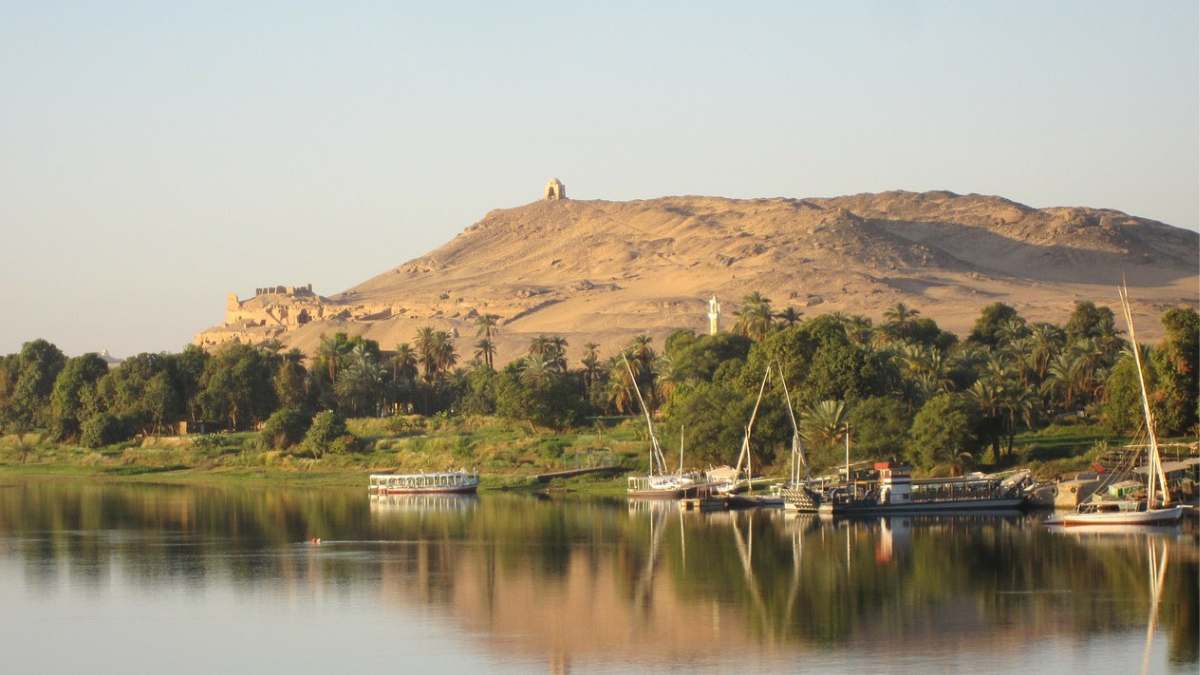We are well aware of some of the most famous rivers like the Amazon in South America, the Nile in Africa, the Yangtze in China, Ganges River, India. There is often confusion and debate about which is the longest river in the world. Let us discuss in detail which is the longest river in the world?
Nile Vs Amazon
.jpg)
Let’s address the classic debate between Nile and Amazon. People are always torn between the two. Some believe that the Nile is the longest river in the world, while many believe that it is the Amazon. Why does this debate exist?
The biggest reason is the confusion between the terms ‘longest’ and ‘largest’. So, what is the criterion for determining these two? Let’s find out!
Longest River Criteria: The longest river is determined by the length of the river from its source to its mouth.
Largest River Criteria: The largest river is determined by the greatest volume of water carried by the river, irrespective of its length.
Thus, based on this criterion, it is officially declared that the longest river in the world is the Nile River, while the Amazon is the largest river in the world.
The longest river in the world is the Nile
Length: The Nile is the longest river in the world, at 6,650 kilometers or 4132 miles.
Location: The Nile flows through a vast area of East Africa.
Tributaries: The two major tributaries of the Nile River are the White Nile and the Blue Nile.
Origins: The origin of the White Nile is Lake Victoria in Tanzania, whereas the origin of the Blue Nile is Lake Tana, located in the highlands of Ethiopia.
Origins of the Nile River

The tributaries of the Nile River, namely the White Nile and the Blue Nile, have 2 origins. The White Nile is longer than the Blue Nile. Its beginning is from Lake Victoria in Tanzania, where it flows in a northward direction. It finally meets the Blue Nile in Khartoum, Sudan.
The Blue line starts from the highlands of Ethiopia, called Gish Abay. The Mediterranean Sea is the final destination where the Nile River finally empties itself in the northern part of Egypt.
Countries through which the Nile River flows
The Nile River flows through a total of 11 countries.
The lower Nile basin crosses Eritrea and Egypt.
The upper Nile basin crosses Ethiopia, Sudan, South Sudan, Tanzania, Uganda, Kenya, Burundi, Rwanda, and the Democratic Republic of the Congo.
Historical Significance of the Nile River
The Nile River played a substantial role in the very settlement of Egyptian civilization. The fertile land helped in agriculture, providing a source of living. This is the primary reason that the Egyptian civilization was an agrarian economy.
They produced surplus food, feeding their community and exporting food to promote trade activities. The Nile River also helped in providing drinking water and water to facilitate irrigation, proving to be indispensable for the flourishing of the Egyptian civilization.
Modern-Day Relevance of the Nile River

In the present-day context, the Nile River continues to be extremely important for the countries that are part of North-east Africa. The Nile provides freshwater for drinking purposes to the people living in parts of Sudan, South Sudan, and Egypt.
The Nile River also contributes significantly to the fishing industry. It provides people with a stable source of income who are settled in the areas along the river.
Major Users of the Nile River
Egypt is the biggest consumer of the Nile River water, accounting for 98% of the water resources. Sudan comes in second, relying heavily on the Nile River for its irrigation provisions.
Most of the countries depend on the Nile River for four major uses: drinking fresh water, irrigation, fishing, and hydroelectric power.
Challenges to the Nile River
The biggest challenge in the present time to the Nile River is Climate Change. The increasing rise in temperature means more water will be evaporated, leading to water scarcity for the people living in the areas of Egypt that depend on the Nile River for drinking water or water for agricultural purposes.
Comments
All Comments (0)
Join the conversation